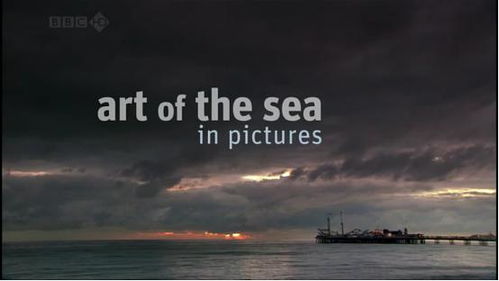Content:
Fishing, an age-old pastime, has always been a popular way to unwind and enjoy the tranquility of nature. Whether you're a seasoned angler or a beginner looking to cast your line into the water, mastering the art of angling requires not only patience but also a solid understanding of the right weaponry and techniques. In this article, we'll delve into the essential weaponry and techniques that can help you become a fishing pro.
Choosing the Right Fishing Tackle
The first step in becoming a proficient angler is selecting the appropriate fishing tackle. Here are some key components to consider:
Rod and Reel: The rod and reel combination is the backbone of your fishing setup. Choose a rod that matches the type of fish you're targeting and the kind of fishing you'll be doing. Spinning rods are great for light to medium fishing, while baitcasting rods are ideal for heavier lures and fish.
Line: The type of line you use depends on the fish you're after and the conditions of the water. Monofilament is versatile and easy to handle, while fluorocarbon is nearly invisible underwater and excellent for clear water fishing. Braided line offers high strength and sensitivity but can be more expensive.
Hooks: The right hook can make or break your fishing experience. Choose hooks that are appropriate for the size and species of fish you're targeting. Sharpness is crucial, as dull hooks can lead to lost fish.
Lures and Baits: Lures mimic the movement of real fish and can be effective for attracting fish, while baits are real or artificial food sources. The choice between these depends on your preference and the fish you're trying to catch.
Fishing Techniques
Once you have the right equipment, it's time to learn some essential fishing techniques:
Baiting Your Hook: Whether you're using live bait or artificial lures, knowing how to properly bait your hook is crucial. Live bait should be placed on the hook so that it's natural and lifelike. Artificial baits should be threaded onto the hook in a way that mimics the fish's natural movement.
Casting: Casting is the process of throwing your lure or bait into the water. Practice different casting techniques, such as the overhead cast, sidearm cast, and roll cast, to find the one that works best for you and the conditions.
Trolling: Trolling involves moving your boat or anchor and dragging your lure or bait behind it. This technique is effective for catching fish that follow swimming prey. Adjust your speed and depth to find the sweet spot where the fish are most active.

Jigging: Jigging involves repeatedly lifting and dropping your lure in a vertical motion to attract fish. This technique is particularly effective for fish that are suspended in the water column.
Bottom Fishing: For fish that live near the bottom, such as catfish or flounder, bottom fishing is the way to go. Use heavy tackle and let your bait or lure settle to the bottom before beginning your retrieve.
Fly Fishing: Fly fishing is a unique technique that involves casting a weighted fly line and a fly (artificial fly) to the water. It requires precision and practice but can be incredibly rewarding.
Fishing Etiquette and Safety
Always practice fishing etiquette and safety to ensure a positive experience for yourself and others:
Respect the Environment: Keep the area clean and leave no trace of your presence. Dispose of trash properly and avoid disturbing wildlife.
Fish Responsibly: Release fish that are not of legal size or that you do not intend to keep. Use proper handling techniques to minimize stress on the fish.
Safety First: Always wear a life jacket when fishing from a boat, and be aware of your surroundings. Check the weather forecast and keep a first aid kit on hand.
Learn Local Regulations: Familiarize yourself with local fishing regulations, including size limits, bag limits, and seasonal restrictions.
In conclusion, mastering the art of angling involves selecting the right weaponry and mastering various fishing techniques. By investing in quality tackle, practicing your casting and fishing skills, and adhering to fishing etiquette and safety guidelines, you'll be well on your way to becoming a fishing pro. So, grab your rod, reel, and tackle box, and get ready to explore the joys of fishing. Happy fishing!












